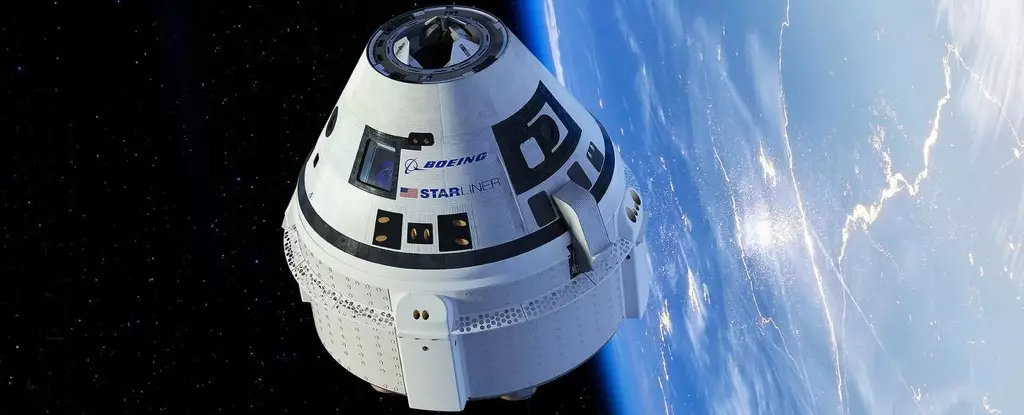The recent uncrewed return of Boeing’s Starliner space capsule highlights the fierce competition between Boeing and SpaceX in the race to dominate commercial crew transport to the International Space Station. Boeing, with its extensive aerospace experience, was initially seen as the frontrunner in the Commercial Crew Program. However, SpaceX’s rapid progress with Falcon 9 rocket and Dragon cargo ship catapulted them ahead in the game. By 2020, SpaceX successfully launched its first crew to the ISS, establishing itself as a reliable mode of transport to and from space.
The setback faced by Boeing during the Starliner’s test flight is undoubtedly disappointing for both the company and NASA. While SpaceX has already proven its capabilities with multiple successful missions, Starliner’s failure underscores the challenges Boeing is currently encountering in space technology development. It is crucial to acknowledge that space exploration is fraught with uncertainties, and setbacks are common during the testing phase. The complexities of zero gravity environments make it impossible to anticipate every potential issue through ground testing alone.
NASA’s decision to involve commercial competitors like Boeing and SpaceX in advancing the Commercial Crew Program reflects the agency’s forward-thinking approach to space exploration. By setting requirements and allowing companies to innovate and meet those standards independently, NASA has fostered competition and innovation in the space industry. The partnership with Russia for crew transport also demonstrates NASA’s commitment to ensuring reliable access to the space station, even in the face of setbacks or disruptions in launch schedules.
Astronauts Butch Wilmore and Suni Williams exemplify the professionalism and resilience required for space missions. Despite the unexpected extension of their stay on the ISS, both astronauts are equipped with the experience and determination to face challenges and fulfill their mission safely. However, the impact of their prolonged absence on their families must also be acknowledged. Adjustments in crew supplies and consumables reflect the ripple effect of unexpected changes in space missions, highlighting the intricacies and challenges of human spaceflight.
As NASA continues to navigate setbacks and challenges in space exploration, the space industry is witnessing remarkable progress with multiple human spacecraft programs underway. The collaboration between Boeing, SpaceX, and NASA’s Orion spacecraft for the Artemis II mission signifies a new era of human spaceflight. Despite failures and near-misses in the past, the excitement and optimism surrounding the prospect of space exploration, including missions to the Moon and Mars, are at an all-time high.
The uncrewed return of Boeing’s Starliner shines a spotlight on the complexities and uncertainties of space exploration. While setbacks and challenges are inevitable, the resilience of astronauts, strategic partnerships, and a culture of innovation are key factors driving the future of space exploration. As we look towards a new era of space travel, collaboration, and perseverance will be essential in overcoming obstacles and achieving new milestones in human spaceflight.


Leave a Reply